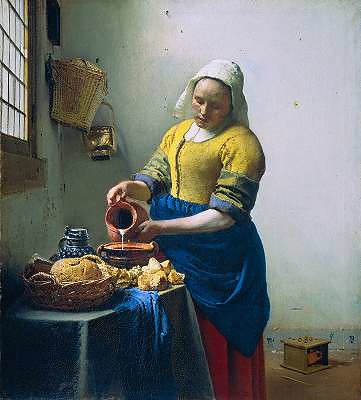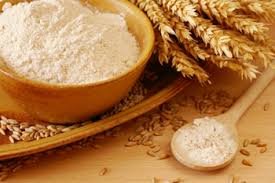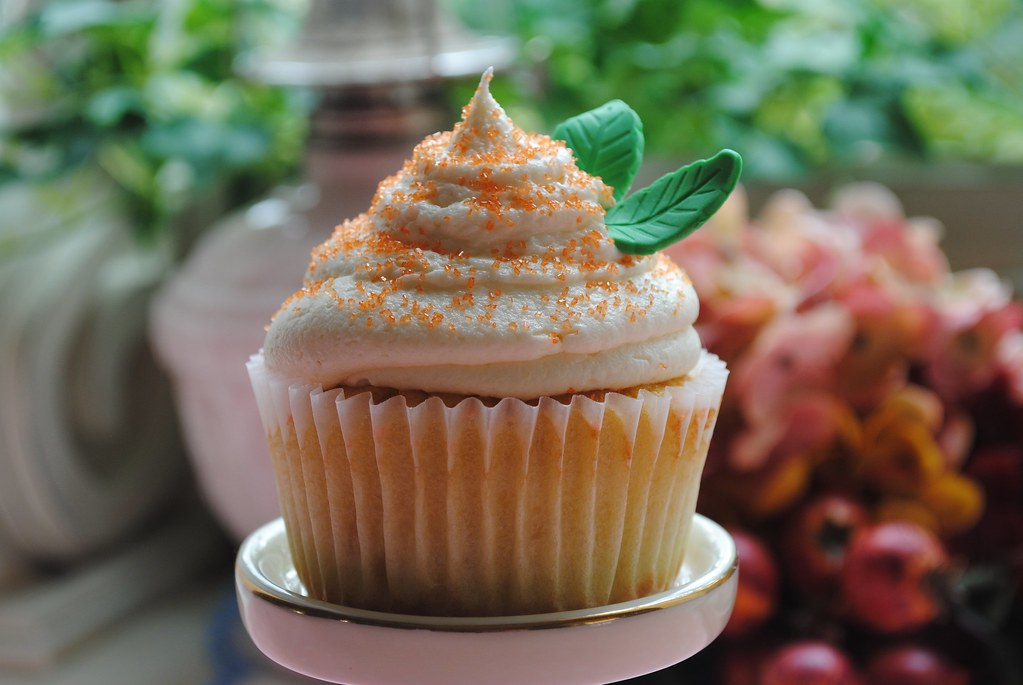Vanilla Cupcakes
The united States of America
For the cupcakes
175 g butter (at room temperature), cut into large pieces
175 g self-raising flour
175 g caster sugar
1/2 tbsp baking powder
1/2 tbsp vanilla extract
3 large eggs
2-3 tbsp milk
For the icing:
175 g butter (at room temperature), cut into large pieces
350 g icing sugar, sifted
Sprinkles to decorate
Preheat the oven to 180°C/gas mark 4.
Line a 12-hole muffin tin with paper cupcake or muffin cases.
Put all the cake ingredients into a large bowl and beat with an electric whisk or a wooden spoon until smooth and evenly mixed.
Divide the mixture evenly between the paper cases.
Bake for 20 to 25 minutes, or until the cakes are well risen and golden on top. Transfer to a wire rack to cool.
While the cupcakes are cooling, make the icing.
Put the butter, vanilla extract, two tablespoons of the milk, and half the icing sugar in a large bowl and beat until smooth.
Beat in the remaining icing sugar, and pour in the rest of the milk if needed to make the icing the right consistency.
Carefully spoon the icing into the piping bag. Twist the end of the bag to seal the icing in.
Pipe swirls of the icing on top of each cupcake.
Scatter with edible sprinkles to decorate.






